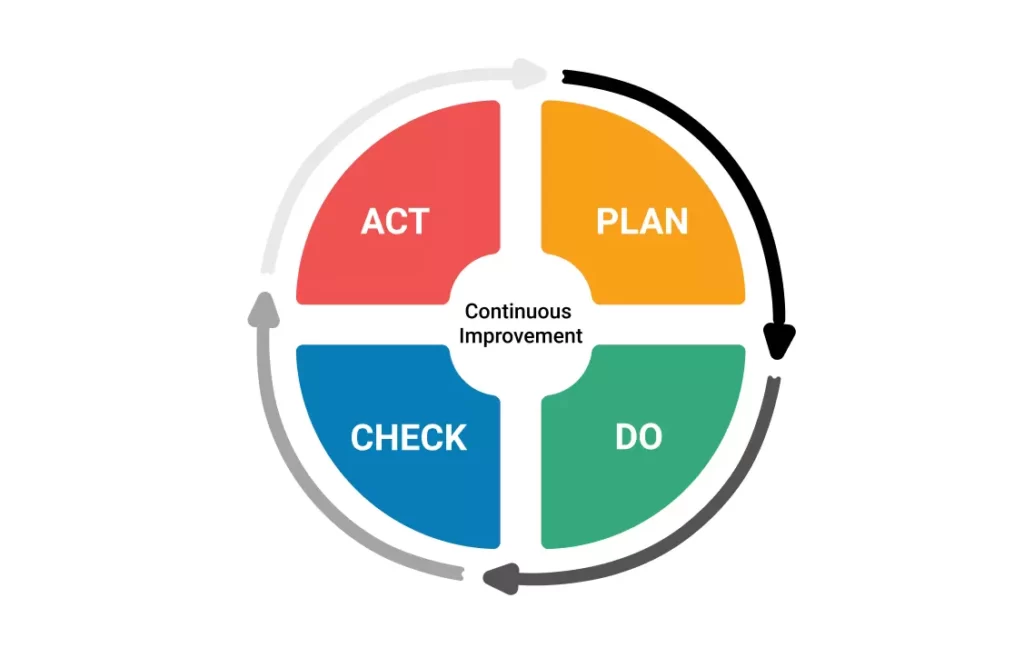Problem-solving approach
Problem-solving is an essential aspect of human life, as it allows individuals to overcome challenges and achieve their goals. A problem-solving approach refers to the method used to identify, analyze, and resolve a problem or challenge. There are several problem-solving approaches, including the scientific method, design thinking, and the Plan-Do-Check-Act (PDCA) cycle.

The Scientific Method of Problem-solving
The scientific method is a problem-solving approach that involves observing, hypothesizing, experimenting, and analyzing data. This approach is commonly used in scientific research, but it can also be applied to various real-world problems. The scientific method involves the following steps:
- Observation: The first step is to observe and identify a problem or challenge. This could involve noticing a pattern, an anomaly, or a discrepancy.
- Hypothesis: The next step is to formulate a hypothesis or a tentative explanation for the problem or challenge. The hypothesis is a proposed solution that is based on previous knowledge or experience.
- Experimentation: The third step involves designing and conducting experiments to test the hypothesis. This could involve collecting data, conducting surveys, or performing tests.
- Analysis: The final step involves analyzing the data collected during the experimentation stage to draw conclusions about the hypothesis. The analysis could involve statistical methods, data visualization, or qualitative analysis.
Design Thinking
Design thinking is a problem-solving approach that emphasizes empathy, creativity, and iteration. This approach is commonly used in product design, but it can also be applied to various real-world problems. The design thinking approach involves the following stages:
- Empathize: The first stage involves understanding the problem from the perspective of the end-user. This could involve conducting interviews, surveys, or observing behavior.
- Define: The second stage involves defining the problem statement based on the insights gained during the empathy stage. The problem statement should be clear and specific.
- Ideate: The third stage involves generating ideas and potential solutions to the problem. This could involve brainstorming, sketching, or prototyping.
- Prototype: The fourth stage involves creating a prototype or a mock-up of the proposed solution. The prototype should be a low-fidelity representation of the final product.
- Test: The final stage involves testing the prototype with end-users to gather feedback and insights. The testing could involve user testing, A/B testing, or surveys.
Plan-Do-Check-Act (PDCA) Cycle
The PDCA cycle is a problem-solving approach that involves four stages: Plan, Do, Check, and Act. This approach is commonly used in quality management, but it can also be applied to various real-world problems. The PDCA cycle involves the following stages:
- Plan: The first stage involves defining the problem, identifying the root cause (1), and developing a plan to solve the problem. The plan should include specific objectives, timelines, and resources required to implement the solution.
- Do: The second stage involves implementing the plan according to the plan developed in the planning stage. The implementation process should be monitored closely to ensure that it is executed correctly.
- Check: The third stage involves evaluating the results of the implementation process against the objectives set in the planning stage. The effectiveness of the solution is measured using various tools such as statistical process control charts, customer feedback, or surveys.
- Act: The final stage involves taking action based on the results of the checking stage. If the solution is found to be effective, the process moves to the next stage. If not, the process returns to the planning stage to develop a new plan. Once the solution is found to be effective, it is implemented on a larger scale, and the process is monitored to ensure that it is executed correctly.
Choosing the Right Problem-Solving Approach
Choosing the right problem-solving approach depends on the nature of the problem, the available resources, and the desired outcome. For example, the scientific method may be suitable for identifying the cause of a technical problem, while design thinking may be more appropriate for developing a new product or service. The PDCA cycle may be suitable for quality improvement initiatives or process optimization.
Regardless of the problem-solving approach used, there are some common principles that can improve the effectiveness of the approach:
- Collaborate: Problem-solving is often a team effort. Collaborating with other individuals or groups can bring diverse perspectives and skills to the problem-solving process. Collaboration can also promote buy-in and support for the solution.
- Use Data: Data can provide insights into the problem and the effectiveness of the solution. Collecting and analyzing data can help to identify the root cause of the problem and measure the impact of the solution.
- Iterate: Problem-solving is rarely a one-time event. The process may require multiple iterations to arrive at an effective solution. Iteration involves using feedback and data to refine the solution until it is optimal.
- Embrace Failure: Failure is often part of the problem-solving process. Accepting failure as a learning opportunity can help to improve the effectiveness of the approach. Failure can provide insights into what did not work and what can be improved in future iterations.
- Communicate: Communication is essential for effective problem-solving. Clear and concise communication can ensure that everyone involved understands the problem, the solution, and their role in the process. Communication can also promote collaboration and support for the solution.
Conclusion
In conclusion, problem-solving is an essential skill that can be applied to various real-world problems. There are several problem-solving approaches, including the scientific method, design thinking, and the PDCA cycle. Choosing the right approach depends on the nature of the problem, available resources, and desired outcome. Regardless of the approach used, collaborating with others, using data, iterating, embracing failure, and communicating effectively are key principles for success.


